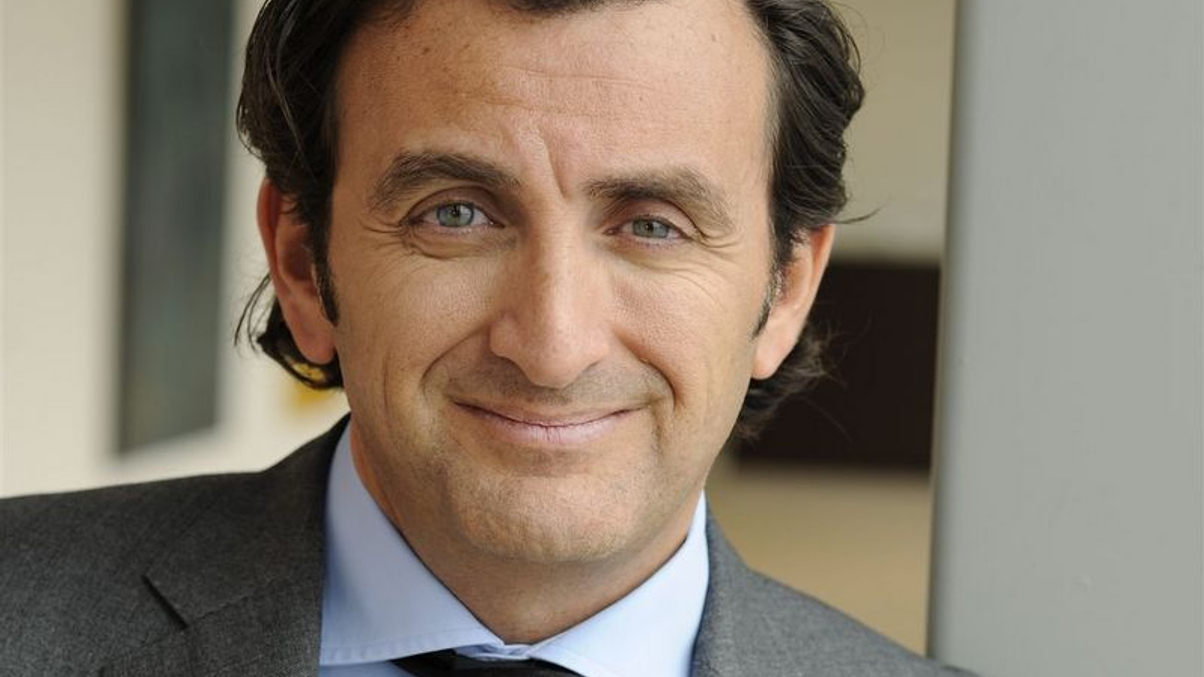Asset owners cite liability worries
Yet only half of institutions globally are using asset-liability matching strategies, although they seem to have improved these capabilities, finds a Natixis Global Asset Management survey.

Like their peers globally, most Asian institutional investors (55%) are worried about meeting long-term liabilities over the coming years. And yet only half of such entities globally are incorporating asset-liability matching strategies in their portfolios.
Sign in to read on!
Registered users get 2 free articles in 30 days.
Subscribers have full unlimited access to AsianInvestor
Not signed up? New users get 2 free articles per month, plus a 7-day unlimited free trial.
¬ Haymarket Media Limited. All rights reserved.


